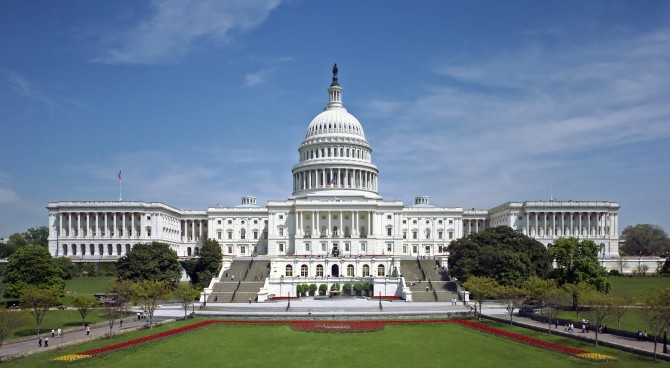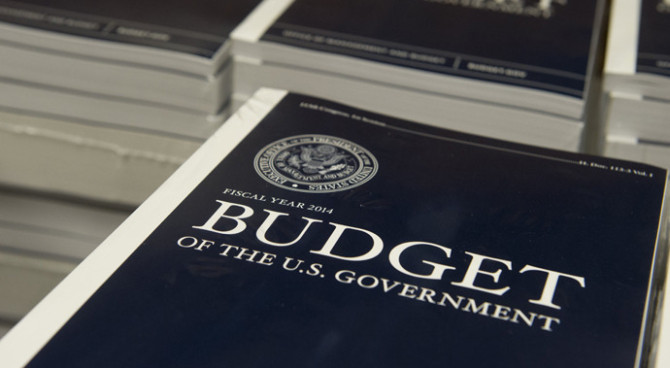The duties will hit consumers, jobs and national security.
ET
When announcing the agreement allowing Nippon Steel to acquire U.S. Steel on May 30, President Trump promised to double to 50% U.S. tariff rates on steel and aluminum. On June 3 he signed a proclamation implementing those tariffs and also applying them to the steel and aluminum content in derivative products.
While it is hard to imagine that such draconian tariffs on two essential imports could be sustained—and negotiations apparently are under way to grant Mexico a partial waiver—it is the most reckless trade action of the Trump presidency.
Because steel and aluminum are crucial in manufacturing, anything close to a 50% tariff will drive up the cost of U.S. manufactured products dramatically. That will harm consumers, make U.S. manufactured products far less competitive on the world market, and significantly increase the probability that tariffs will drag the economy into a recession. By making reciprocal trade agreements more difficult to negotiate, Mr. Trump’s steel and aluminum tariffs will increase the probability of retaliation against American exports and an all-out trade war.
But these tariffs will hurt more than the economy. They will harm national security by increasing the cost of two essential components of defense procurement just as Congress is poised to increase military spending by $100 billion. The defense industry is already struggling to replace ordnance and equipment sent to Ukraine and replacing ordnance expended by Israel will add to that burden.
While total imports compose less than 14% of the U.S. economy, steel imports make up 25% of U.S. steel consumption. The U.S. imports roughly half its aluminum consumption. The new 50% tariff will have negative economic effects far larger than the original 25% tariffs in 2018. Those had carve-outs for Canada and Mexico, the largest suppliers of steel and aluminum to the U.S. Brazil and Korea were also exempt. The 2018 tariffs didn’t cover derivative products that could be imported as substitutes for raw steel and aluminum. This time around prices for consumer goods, such as lawn furniture at Walmart, and producer goods, such as robots in manufacturing plants, will rise as tariffs are imposed on their steel and aluminum content.
The International Trade Commission found that the 2018 tariffs raised the domestic prices of steel and aluminum by 2.4% and 1.6%, respectively. Yet even these modest increases disrupted supply chains and inflicted real damage. From the third quarter of 2009 (the end of the great recession) through 2017, U.S. manufacturing output rose at an average quarterly rate of 0.9%. But from the first quarter of 2018, when Mr. Trump first imposed tariffs, through the end of 2019 (just before the pandemic), manufacturing output fell on average by 0.06% per quarter. Unsurprisingly, while employment in steel and aluminum production grew by a piddling 2,300 jobs in 2018-19, employment in manufacturing industries using steel and aluminum in their production process fell by an estimated 75,000 jobs. The job losses from the new tariffs will be many times greater. The tax on the steel and aluminum content of all imports will affect almost every U.S. trading partner, making it harder to reach reciprocal trade agreements and avoid retaliation.
The irony is that Mr. Trump is imposing tariffs in the name of national security. They will undercut his proposed defense buildup by reducing supply of the materials most critical to building the weapons on which America’s security rests. As political economist Henry George observed, with protective tariffs we “do to ourselves in peace time what enemies seek to do to us in times of war.” This self-imposed blockade might be warranted if the nation were dependent on steel and aluminum from potentially hostile nations. But the countries that supply the bulk of U.S. imports—Canada, Brazil and Mexico—are longtime allies and friends.
Deliverance from the 50% tariffs on steel and aluminum could come from court action finding that Congress doesn’t have the authority to delegate its constitutionally prescribed powers to “lay and collect taxes, duties, imposts and excises.” It could come from an extraordinary bipartisan action by Congress to take back its tariff-setting powers and void the Trump levies. Or Mr. Trump might find the political dexterity to escape this protectionist trap he has set for himself and the economy. But the most likely outcome is a recession.
Mr. Gramm is a nonresident senior fellow at the American Enterprise Institute. Mr. Boudreaux is a professor of economics at George Mason University. They are the authors of “The Triumph of Economic Freedom: Debunking the Seven Great Myths of American Capitalism.” Mike Solon contributed to this article.


